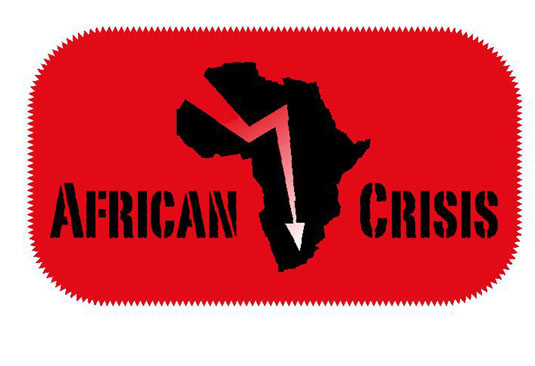WARNING: This is Version 1 of my old archive, so Photos will NOT work and many links will NOT work. But you can find articles by searching on the Titles. There is a lot of information in this archive. Use the SEARCH BAR at the top right. Prior to December 2012; I was a pro-Christian type of Conservative. I was unaware of the mass of Jewish lies in history, especially the lies regarding WW2 and Hitler. So in here you will find pro-Jewish and pro-Israel material. I was definitely WRONG about the Boeremag and Janusz Walus. They were for real.
Original Post Date: 2011-01-06 Time: 06:00:02 Posted By: News Poster
By Jo-Mar(233)é Duddy
BETTER than expected domestic economic growth, an interest rate increase only at year-end and “relatively stable” global recovery are some of the positives FNB Namibia economist Daniel Motinga believes 2011 has in store for Namibians.
Looking in his crystal ball, Motinga yesterday said he expects Namibia’s gross domestic product (GDP) to expand by 3,5 per cent this year – up from the 3,2 per cent he forecasted last year. The higher numbers will come from bigger than expected fishing quotas and Ohorongo Cement coming on stream next month, employing 300 people and producing 2 100 tonnes of cement per day.
Although more optimistic, Motinga’s outlook is still the least rosy of economists’ latest forecasts. Earlier this week, Old Mutual Namibia economist Robin Sherbourne predicted economic growth of around five per cent for 2011, while Bank Windhoek economist John Steytler came in at at least four per cent.
Like Steytler, Motinga also believes that consumers will finally get back on their feet this year. Steytler is bargaining on consumer spending to help drive further economic recovery in 2011; Motinga is a bit more cautious.
“Indicators for recovery in domestic demand remains tentative and vulnerable gauging from the slow credit extension,” he said yesterday. However, overall credit growth is still in line with the average annualised rate of ten per cent in 2009, “which suggest that the recovery, though slow, is finally taking hold”.
Citing the latest Bank of Namibia (BoN) data, Motinga said total advances to households had grown by N$2 billion by November and stood at N$25 billion. Resident household sector credit extension grew by 8,7 per cent year-on-year in November, marginally up from 8,5 per cent year-on-year growth registered in October.
“This suggests that household demand is finally turning the corner,” Motinga said.
Credit granted to the non-financial business sector also continues to recover, growing on average 14 per cent on an annualised basis for the first ten months of 2010 compared to 13,2 per cent during the same period in 2009.
“Most of the growth in business credit demand is in property space. Business mortgage credit grew at an annualised 27,9 per cent in November 2010 which is the highest it has been since December 2008,” Motinga said. Based on these growth dynamics, he maintains his view that total resident and non-financial private sector credit extension will come in at about ten per cent year-on-year for 2010.
Motinga said he expects “some serious recovery in these numbers from the first half of 2011 as the credit cycle turns and lending institutions adjust their credit origination strategies”.
“We forecast a growth rate of annualised growth rate of 15 per cent in private sector credit demand for 2011 to 2012.”
However, these numbers hinge on how the global recovery pans out, Motinga said.
“Our core view for the world economy remains that the recovery will be less robust, but relatively stable nonetheless into 2011 and 2012 which should augur well for credit extension.”
Looking at inflation, Motinga said goods inflation should start picking up speed from the 3,4 per cent in November within the next six months, driven by likely exchange rate weakening and higher domestic fuel prices.
“In the interim, however, we see an inflation outlook remaining benign and thus not disturbing the expected recovery in domestic demand. We maintain our view that inflation will print in the vicinity of six per cent for 2011 as the global recovery takes hold.”
Motinga said interest rates should only start climbing by the last quarter of the year, when he expects the BoN to increase its repo by “at least 50 basis points to help stem inflationary pressure”.
Original Source: 
Original date published: 6 January 2011
Source: http://allafrica.com/stories/201101060216.html?viewall=1
